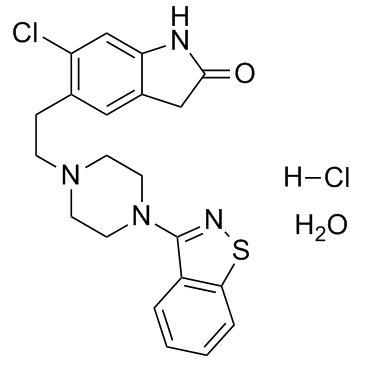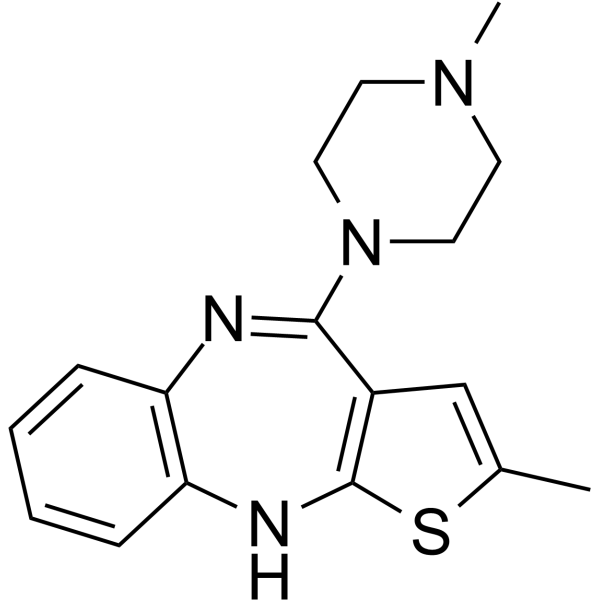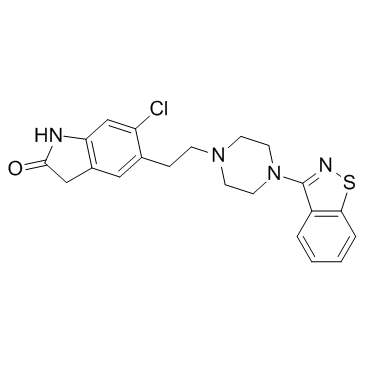| Structure | Name/CAS No. | Articles |
|---|---|---|
 |
Risperidone
CAS:106266-06-2 |
|
 |
Ziprasidone Hydrochloride Monohydrate
CAS:138982-67-9 |
|
 |
Olanzapine
CAS:132539-06-1 |
|
 |
Perphenazine
CAS:58-39-9 |
|
 |
Ziprasidone
CAS:146939-27-7 |